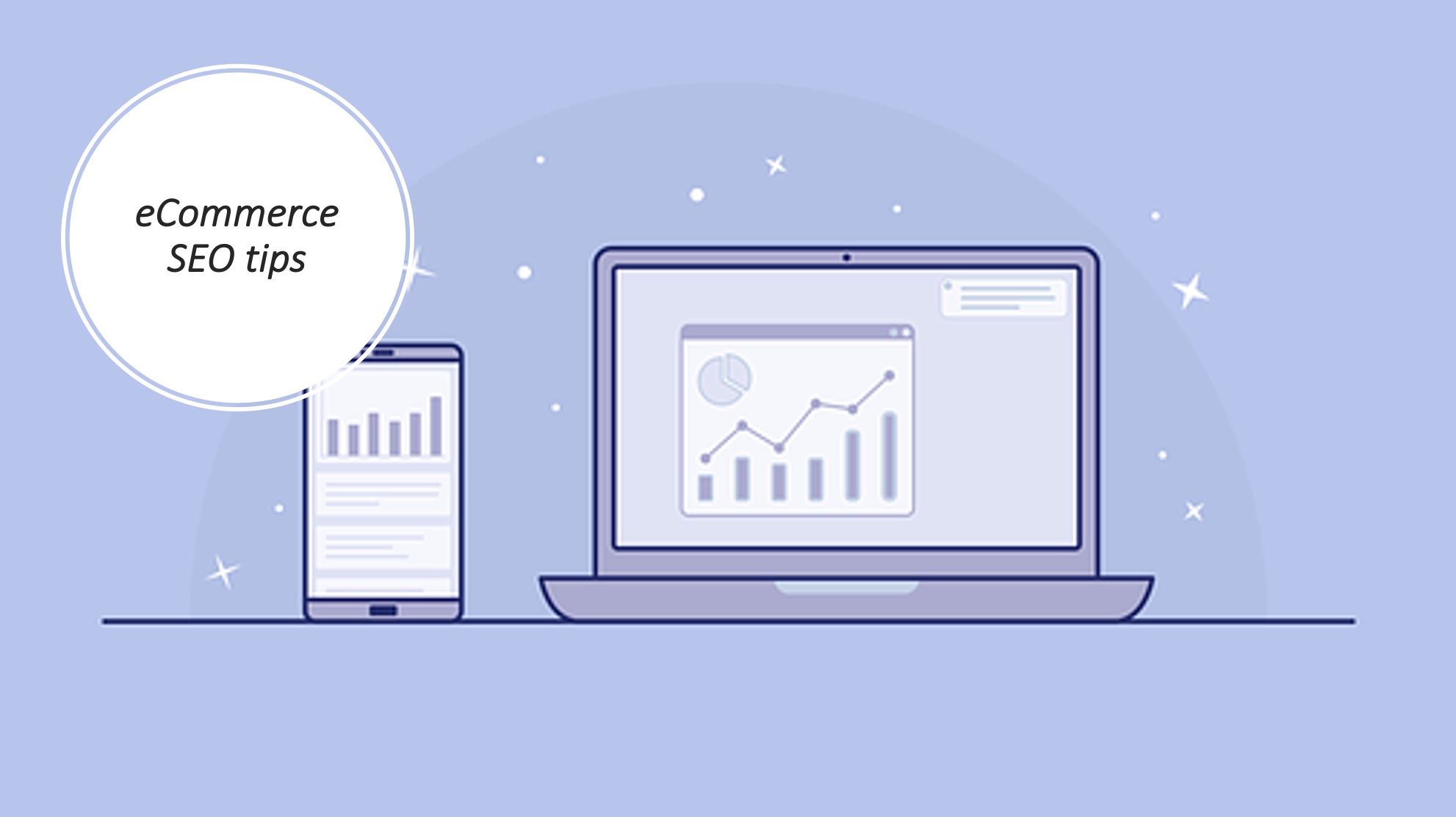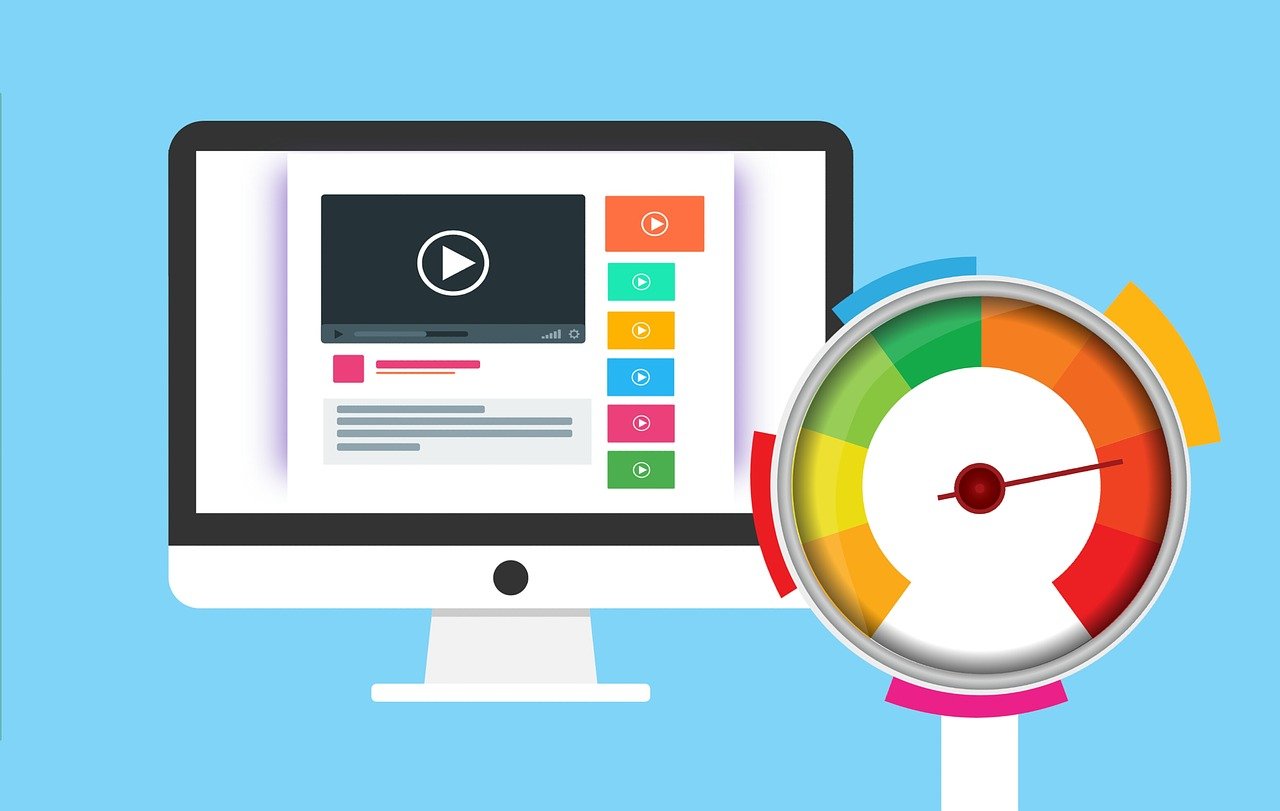
It’s no secret that it’s vital to have an edge over the competition in ecommerce. In fact, it’s the only surefire way to ensure that your business remains viable. One of the absolute best ways to do this is by boosting the SEO of your store to help drive more traffic your way.
Here are nine tips to help get you started:
Choose an eCommerce platform that’s optimized for SEO
When it comes to choosing an ecommerce platform, there are a lot of factors to consider. If you’re unsure where to begin, be sure to check out an SEO-powered online store builder like WiziShop which offers an all-in-one solution for clients.
There are a few specific things to look for in an ecommerce platform:
First, make sure the platform is search engine friendly. This means that the platform’s code is clean and easy for search engines to crawl and index. It also means that the platform has features that help you improve your SEO, such as keyword-rich URLs and metatags.
Second, make sure the platform has a robust analytics package. This will allow you to track your website’s performance and see how your SEO efforts are paying off.
Finally, make sure the platform is scalable. As your business grows, you’ll need a platform that can grow with you. The best ecommerce platforms are able to handle large volumes of traffic and transactions without any problems.
As an online retailer, it’s important to make sure that your product pages are properly optimized. This will help you to get better search engine rankings, and it will also help you to convert more of your visitors into buyers.
Optimize your product pages

Here are some tips for optimizing your product pages:
1. Use keyword-rich titles and descriptions.
Your titles and descriptions should contain keywords that are relevant to your products. This will help you to rank higher in search engine results pages, and it will also help you to attract more buyers.
2. Use high-quality images.
Your images should be clear and high resolution. This will give your product pages a professional look, and it will also help you to convert more visitors into buyers.
3. Offer detailed product information.
Your product pages should include detailed information about your products. This will help your visitors to learn more about your products, and it will also help them to make better purchasing decisions.
4. Use effective call-to-action buttons.
Your call-to-action buttons should be clear and easy to see. This will help you to encourage your visitors to take actions such as adding products to their carts or making a purchase.
Optimize your category pages
Category pages are an important part of your website, and it’s important to optimize them for the best possible search engine ranking. Here are a few tips to help you do just that:
First, make sure that your category pages are well-structured. Group products by type, price, or other relevant factors to make it easy for users to find what they’re looking for. You should also use descriptive titles and meta descriptions for each subcategory.
Finally, make sure that your category pages are keyword-rich. Use keywords in your title tags, meta descriptions, and product descriptions to help Google index your pages correctly.
By following these tips, you can optimize your category pages for maximum search engine visibility.
Create content that’s helpful to your target market
Creating content that is helpful to your target market is essential for any successful business. By providing valuable information, you can establish yourself as an authority in your field and attract new customers.
It can be difficult to know what content to create, but there are a few tips that can help. Firstly, think about what problems your target market is facing. Once you know what they need help with, you can create content that addresses those problems.
Another thing to keep in mind is your target market’s interests. If you can create content that appeals to their interests, they’re more likely to engage with it. Try to be creative and come up with fresh ideas that will capture your target market’s attention.
Finally, make sure your content is engaging and easy to read. Use clear and concise language, and be sure to include visuals where possible. If you can keep your target market engaged, they’re more likely to become customers.
Improve your page loading speed

Nobody likes to wait around for a page to load, especially when it’s taking forever. By following some simple tips, you can improve your page loading speed and make your visitors happier.
One of the best things you can do is compress your images. This will reduce their size, making them load faster. You can also minify your code, which will remove unnecessary characters from your code, making it smaller and faster to load.
Another thing you can do is use a content delivery network (CDN). This will distribute your content across different servers around the world, so that it will load faster for people in other parts of the world.
Making these small changes can have a big impact on your page loading speed, and will make your visitors happier.
Ensure that your store is optimized for mobile devices

If you’re like most business owners, you want to make sure that your store is as optimized as possible for mobile devices. After all, more and more people are using their smartphones and tablets to shop online, so it’s important that your store is ready for this market. Here are a few tips to help you get started:
1. Efficient layout
Use a layout for your store that is easy to navigate on a mobile device. Your customers should be able to find what they’re looking for quickly and easily, without having to zoom in or scroll around. If the menus are difficult to navigate, your customers may get lost and leave your store without buying anything.
2. Optimized images
Make sure that all of your images are properly sized for mobile devices. If you have images that are too large, they’ll take up a lot of space on the screen and could slow down the loading time of your store.
3. Mobile-friendly fonts
Use fonts that are easy to read on a mobile device. If fonts are too small, they’ll be difficult to see and could cause eyestrain.
4. Mobile-friendly buttons
Use buttons and links that are easy to tap on a mobile device. If buttons are too close together, your customers could accidentally tap the wrong one.
5. Smooth checkout process
Make sure that your store’s checkout process is easy to complete on a mobile device. If there are too many steps or if the forms are difficult to fill out, your customers may get frustrated and leave without completing their purchase.
If you follow these tips, your store will be well-optimized for mobile devices and your customers will have a positive shopping experience.
Use HTTPS for added security
As an ecommerce platform, you know that security is of the utmost importance. You likely use a Secure Sockets Layer (SSL) certificate to encrypt your customers’ data and protect them from cybercrime.
But did you know that using HTTPS is also important? In fact, it’s essential for any ecommerce platform that wants to provide a safe and secure shopping experience for its customers.
Here’s why:
HTTPS provides a secure connection between the customer’s browser and your ecommerce platform. This prevents anyone from eavesdropping on or tampering with the customer’s data.
HTTPS is essential for online stores that process credit card payments. When customers submit their payment information, it needs to be encrypted so that it can’t be stolen by hackers.
HTTPS helps to protect your site from being blacklisted by search engines. Google and other search engines are increasingly using HTTPS as a ranking signal, meaning that sites that aren’t using HTTPS may lose visibility in search results.
Work on your internal linking
One of the best ways to improve your SEO is to work on your internal linking. This means linking to other pages on your site from within your content. Not only does this help visitors find more information on related topics, but it also helps Google understand your site better.
There are a few things to keep in mind when creating internal links. First, make sure the links are relevant to the content you’re writing about. Second, use keyword-rich anchor text to help improve your SEO. And finally, make sure the links make contextual sense and add value to visitors.
Obtain backlinks to your website
There are a number of reasons why you would want to obtain backlinks to your website. The most important reason is that it helps improve your SEO ranking. When you have quality backlinks, it tells the search engines that your website is authoritative and worth ranking higher in the search results.
Another reason to obtain backlinks is to increase traffic to your website. When other websites link to yours, it sends traffic your way. This can help boost your website’s visibility and increase sales or conversions.
Conclusion
As you can see, there are a number of things that you can do to help improve your ecommerce SEO. By following the tips above, you’ll be well on your way to driving more traffic to your store and boosting your sales.
You may be interested in: A Guide to Managed and Secure File Transfers

